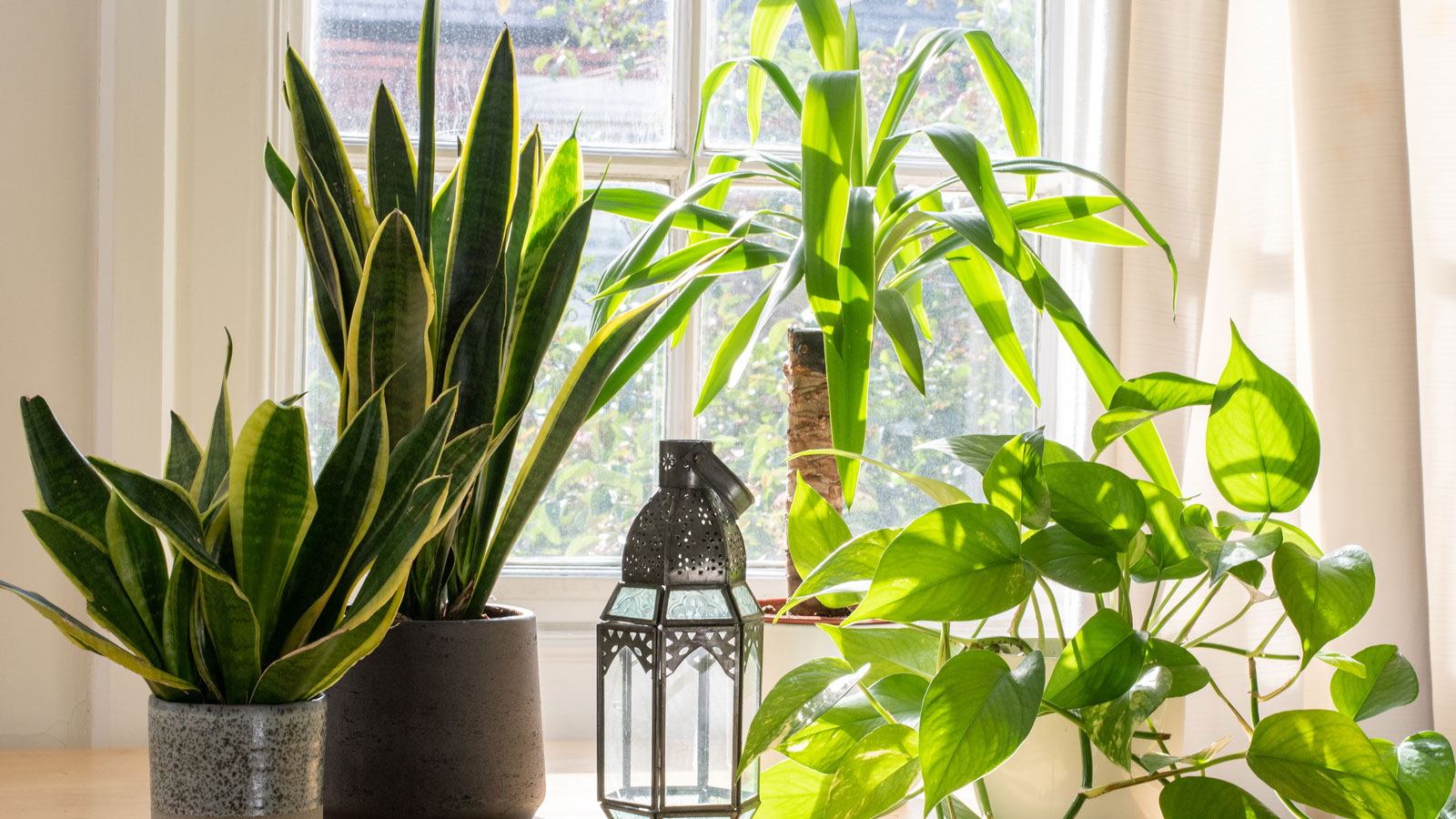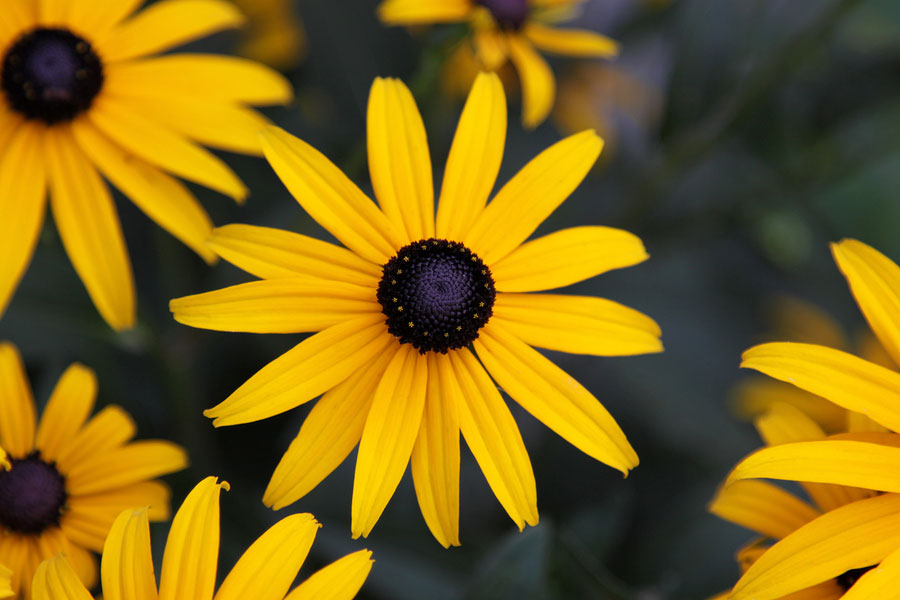Creating a Colorful Garden: Essential Plant Selection
Selecting the right plants is the cornerstone of a vibrant, thriving garden. The success of any flower bed hinges on choosing plants that are well-suited to the environment. It’s not merely about what looks pretty, it’s about understanding the specific needs of each plant. This involves careful consideration of several factors, which will directly influence the health and longevity of your garden blooms. Deciding on the best plants for flower beds requires some planning. The goal is to create a harmonious display that lasts throughout the growing season. For this, evaluate each potential plant based on its requirements.
Climate is a key factor. Some plants are naturally better suited to colder or warmer weather. Soil type is another crucial element. Plants have unique needs when it comes to soil composition, acidity, and drainage. For instance, plants that prefer well-drained, sandy soil will not fare well in heavy clay. Sun exposure is equally important. Some plants flourish in full sunlight, while others prefer partial or complete shade. Ignoring these basic needs can lead to disappointing results. Selecting the best plants for flower beds is about finding species that will naturally thrive. When you prioritize these factors, you’ll create a flourishing flower bed.
When planning your garden, consider both annuals and perennials. Annuals provide a burst of color for a single season, while perennials bloom year after year. Understanding these plant categories will help you make informed decisions about your garden design. Choosing the right plants for flower beds ensures a vibrant display. It also supports a healthy ecosystem within your garden. By carefully considering plant needs, you can create a visually stunning and sustainable garden. The right plant choices will reward you with beauty and joy. This makes the planning process worthwhile and sets the stage for a successful growing season.
Sun-Loving Stars: Plants That Thrive in Full Sunlight
When selecting the best plants for flower beds, it’s crucial to consider the amount of sunlight your garden receives. For areas that bask in full sun for six or more hours daily, certain plants are particularly well-suited. These sun-loving stars not only tolerate but actively thrive under these conditions, providing a vibrant and long-lasting display of color. Petunias are a fantastic option, known for their prolific blooms and wide range of colors, from deep purples to soft pastels. They are relatively easy to care for and flower abundantly throughout the summer months. Zinnias are another excellent choice, offering a bold display with their daisy-like flowers in a myriad of hues. Their upright growth habit makes them perfect for adding height and structure to flower beds. Marigolds, with their cheerful yellow and orange tones, are not just beautiful but also beneficial, as they can help deter pests. These three represent some of the best plants for flower beds that enjoy full sun.
To maximize the flowering potential of these sun-loving plants, ensure they are planted in well-drained soil. Regular watering is important, especially during dry spells, but avoid overwatering, which can lead to root rot. Deadheading spent flowers will also encourage continuous blooming. Petunias benefit from occasional feeding with a balanced liquid fertilizer to maintain their vibrant colors and abundant growth. Zinnias and marigolds are relatively low-maintenance but will also benefit from a boost of nutrients. These sun-loving choices are ideal as best plants for flower beds because they offer months of consistent color and are relatively easy to care for. They also attract beneficial pollinators to your garden. By providing adequate sunlight and proper care, these plants will flourish in your flower bed, creating a lively display of color and beauty throughout the growing season. Consider the unique benefits each plant provides when making your final selection for your garden. Incorporating these varieties into your sunny flower beds guarantees a cheerful and vibrant space that will be the envy of any gardener.
Shade-Tolerant Beauties: Options for Less Sunny Spots
Not all gardens bask in the full glory of the sun. Many areas offer partial or full shade. These spaces can still be vibrant and beautiful. The key is choosing the right plants. Several varieties thrive in these conditions. Understanding shade-loving plants is crucial for any gardener. Discover the best plants for flower beds that flourish in the shade. These options will ensure your garden is colorful and engaging, even without direct sunlight. Impatiens are a classic choice. They are known for their vibrant, continuous blooms. Begonias offer a variety of forms and colors. Some provide stunning foliage in addition to delicate flowers. Hostas are another excellent choice. They are primarily grown for their beautiful foliage. They add texture and interest to shady areas. These are some of the best plants for flower beds in less sunny spots.
Impatiens are a popular pick for shady flower beds. They come in a wide range of colors. Their blooms last throughout the growing season. They are relatively low maintenance. Begonias are another wonderful choice for shade gardens. There are many different types of begonias. Some feature striking foliage. Others boast beautiful flowers. They are incredibly versatile. Hostas are primarily valued for their foliage. They range in color, size, and texture. They create a lush, layered look in shady spots. All of these plants enhance the beauty of shady areas. Select varieties that suit your specific needs and preferences. Consider the amount of shade and the desired color palette. These best plants for flower beds will truly transform your garden. They will thrive and provide months of enjoyment.
When planting these shade-tolerant plants, be mindful of soil conditions. Ensure the soil is well-draining. Amend it with organic matter, if needed. This will improve water retention. It also helps with nutrient availability. Water regularly, particularly during dry spells. Mulching around these plants helps retain soil moisture. It also suppresses weeds. Consider the unique characteristics of each plant type. This will ensure that each plant gets the care it needs. Some begonias, for example, prefer more humidity. Some hostas prefer deep shade. Observe your garden’s conditions and adapt care accordingly. By selecting the best plants for flower beds in shady areas, you can create stunning displays. These areas are just as beautiful as those in full sunlight.
Long-Blooming Perennials: Year After Year Color
Perennial plants offer a fantastic way to ensure your flower beds provide consistent color year after year. They are among the best plants for flower beds, bringing both beauty and practicality. Unlike annuals, which complete their life cycle in a single year, perennials return each spring, reducing the need for replanting. This makes them a cost-effective choice and also lowers maintenance efforts over the long term. Popular choices for long-blooming perennials include daylilies, which come in a vast array of colors and bloom shapes. Coneflowers, with their daisy-like blooms and sturdy stems, are also excellent options. They attract pollinators and add a touch of wild beauty to any garden. Another classic is the black-eyed susan, known for its bright yellow petals and dark central cone. These plants are easy to grow and very adaptable to different conditions, making them very popular with gardeners.
The growth habits of perennials vary, but most benefit from being cut back after their initial flowering period. This encourages new growth and repeat blooming. Daylilies can be divided every few years to prevent overcrowding and promote better flower production. Coneflowers often self-seed, which means you may find new plants appearing in your flower beds. To keep things tidy, remove spent blooms to avoid unwanted seedlings. Black-eyed susans are known for being tough and reliable. They can tolerate drought, which makes them good options for water-wise gardening. When selecting the best plants for flower beds with perennials, be sure to consider the mature size of the plant to ensure proper spacing and prevent overcrowding. Proper spacing will allow each plant to thrive. Choosing perennials is an investment that will pay off with years of vibrant and continuous blooms, making your flower beds a true joy season after season.
Incorporating perennials among the best plants for flower beds offers numerous benefits. Not only do they offer a beautiful display, they also reduce workload and expense. Consider creating a mix of early, mid, and late bloomers to guarantee a continuous succession of colors in your garden. Daylilies offer varied bloom times. Coneflowers provide blooms through the summer. Black-eyed susans provide a great late season pop. This thoughtful approach will result in a lively, visually appealing flower bed through the growing season. With minimal care, these perennials will make your garden a sight to behold each and every year, providing consistent and reliable beauty. These are some of the most valuable additions you can have in a flower bed.
Annual Sensations: Vibrant, Short-Term Displays
Annual plants offer a unique way to infuse flower beds with intense, short-term color. These plants complete their life cycle in a single growing season. This means they are perfect for adding pops of vibrancy. They allow for frequent changes in your garden’s aesthetic. Cosmos are an excellent example. They bring a whimsical, airy feel with their daisy-like flowers. Sunflowers stand tall. They provide bold bursts of yellow and gold. Sweet alyssum, with its delicate clusters of tiny flowers, creates a soft, fragrant border. The variety within annuals makes them some of the best plants for flower beds when you desire a dynamic, ever-changing display. These plants allow gardeners to experiment with new colors and textures each year.
When incorporating annuals, consider their growth habits. Some, like cosmos and sunflowers, grow quite tall. Use them at the back of the bed for height. Lower growing annuals such as sweet alyssum are ideal for the front. This creates a layered effect. Annuals can fill gaps between perennials, providing a full look. These are some of the best plants for flower beds to ensure there are no bare patches. Planting time for annuals is crucial. They are best planted after the last frost. This ensures they have the warm temperatures they need to thrive. Regular deadheading, or removing spent flowers, will encourage more blooms. This will ensure a long-lasting display. This practice is essential when using annuals in your flower beds. Annuals require regular watering and fertilizing. This is to support their rapid growth and prolific flowering.
Integrating these annual sensations into your landscape makes them some of the best plants for flower beds when short-term bursts of color are desired. They provide immediate impact and versatility in your garden design. By choosing a variety of colors and heights, you can craft a lively, vibrant scene. These plants are very useful for creating specific color schemes. They allow for quick adjustments to match your current aesthetic preferences. Annuals provide a playground for creativity in the garden. Enjoy this opportunity to explore the many vibrant options and create a beautiful flower bed. They are a valuable part of any gardening plan.
How to Design a Flower Bed for Maximum Visual Appeal
Designing an attractive flower bed involves more than just planting the best plants for flower beds; it requires a thoughtful approach to layout and aesthetics. Consider the interplay of color, texture, and height to create a visually appealing space. Start by choosing a color palette that suits your preferences and the surrounding environment. Complementary colors, such as blues and yellows, can create a vibrant display, while analogous colors, like shades of pink and purple, can produce a more harmonious effect. When selecting the best plants for flower beds for your color scheme, remember to consider not only the flower colors but also the foliage. Different shades of green or variegated leaves can add depth and visual interest to your design.
Plant height arrangement is another critical component. Place taller varieties, like sunflowers or some coneflowers, at the back of the bed, gradually stepping down to smaller plants at the front. This ensures all flowers are visible and creates a natural, tiered look. Avoid planting in straight lines or rigid rows, and instead opt for staggered patterns and groupings that allow plants to intermingle and create a sense of depth and fullness. Spacing is also crucial. Providing adequate room between plants is essential for allowing them to mature properly and access resources. Follow the recommended spacing guidelines for each plant type to avoid overcrowding. Overcrowding can limit airflow, increasing the risk of disease and diminishing blooming. Consider creating focal points within the flower bed by using striking plants, such as a cluster of bright red annuals, or using interesting textures or foliage. These areas will draw the eye and enhance the overall design.
To achieve visual flow within the flower bed, utilize repeating elements. Use similar colors or plant varieties throughout the design, which will help create a unified appearance. You can create a dynamic effect using contrasting textures or varying bloom shapes. For example, intermix feathery cosmos with round marigolds to add some diversity. The best plants for flower beds, when properly arranged, can greatly enhance the beauty of your outdoor spaces. Remember to consider seasonal changes and plan accordingly. Choose plants with staggered bloom times to enjoy continuous color throughout the growing season. By carefully considering color, height, spacing, and repetition, you can create a flower bed that is not only beautiful but also functional and vibrant all season long.
Soil Preparation and Maintenance for Healthy Blooms
Proper soil preparation and consistent maintenance are essential for any thriving flower bed. The best plants for flower beds will only reach their full potential with a healthy foundation. It is advisable to start with a soil test. This will identify nutrient deficiencies or imbalances. Knowing your soil’s pH is also crucial. Amendments can then be added to create the ideal environment. For example, compost improves soil structure and fertility. Well-rotted manure is another beneficial option. These organic materials enhance drainage and moisture retention. They also provide nutrients. Mulching is another key step to soil care. A layer of organic mulch around plants helps retain soil moisture. It also suppresses weeds. Furthermore, mulch helps regulate soil temperature. This is important to protect the roots. The best plants for flower beds also benefit from consistent watering. The specific needs vary. However, avoiding both overwatering and underwatering is important. Monitor soil moisture levels regularly. Water deeply when the top inch feels dry. Consider using a soaker hose for efficient watering.
Different types of plants have distinct soil needs. Some prefer slightly acidic soil. Others thrive in more alkaline conditions. Understanding these preferences is important when selecting the best plants for flower beds. Amend the soil accordingly to meet these needs. For instance, azaleas and rhododendrons benefit from acidic soil. Therefore, adding peat moss is often useful. On the other hand, lavender prefers alkaline soil. Adding lime can increase pH levels. Regular fertilization is important to provide nutrients. Use a balanced fertilizer to support growth and blooming. Follow the manufacturer’s instructions for application rates. Over-fertilizing can damage the plants. Consider using slow-release fertilizers to provide a steady supply. Proper maintenance also includes removing spent flowers. This process, known as deadheading, encourages more blooms. Regular inspections for pests and diseases will also help. Prompt action prevents significant damage and keeps plants healthy. Healthy soil and routine care set the stage for vibrant flower beds. This ensures the best plants for flower beds thrive beautifully.
Choosing the Right Plants for Your Garden: A Summary
Selecting the best plants for flower beds requires careful consideration. This ensures a thriving and visually appealing garden. Remember that sunlight, soil type, and personal taste are key factors. Matching plants to their ideal conditions promotes healthy growth. It also maximizes their blooming potential. Sun-loving plants thrive in full sunlight. Shade-tolerant varieties prefer less intense conditions. Perennials offer blooms year after year. Annuals provide vibrant, short-term displays. Understanding these differences will help you make informed choices. These choices will help you create a beautiful garden. Always consider the unique needs of each plant. Proper soil preparation and maintenance are also crucial. They contribute to the overall success of your flower bed. Enjoy the process of experimenting with various combinations. The goal is to discover which best plants for flower beds are ideal for your space. This approach will lead to a garden that brings you joy.
When planning your flower bed, think about the visual impact. Use the best plants for flower beds by considering color, height, and spacing. Create focal points to draw the eye. Arrange plants to establish a natural flow. Consider both textures and blooming patterns. A well-designed flower bed will be aesthetically pleasing. It will also provide a harmonious environment for plants. The right plants, combined with good design, enhance the beauty of your outdoor area. Soil preparation is key to promoting healthy growth. Amend your soil with organic matter. This will improve drainage and nutrient availability. Mulching can suppress weeds. It also helps to retain moisture. Regular watering is important. These practices are important for the health of your plants. Choose the best plants for flower beds for a thriving and long-lasting display.
Explore different plant options that will work best for your location. Pay attention to the characteristics of each plant. This will help you select the best plants for flower beds. Enjoy the rewards of a well-maintained and beautiful garden. A well-planned flower bed can transform your space. It can also provide a sense of satisfaction. Learning more about plants can deepen your appreciation. Take the time to explore all the possibilities.




